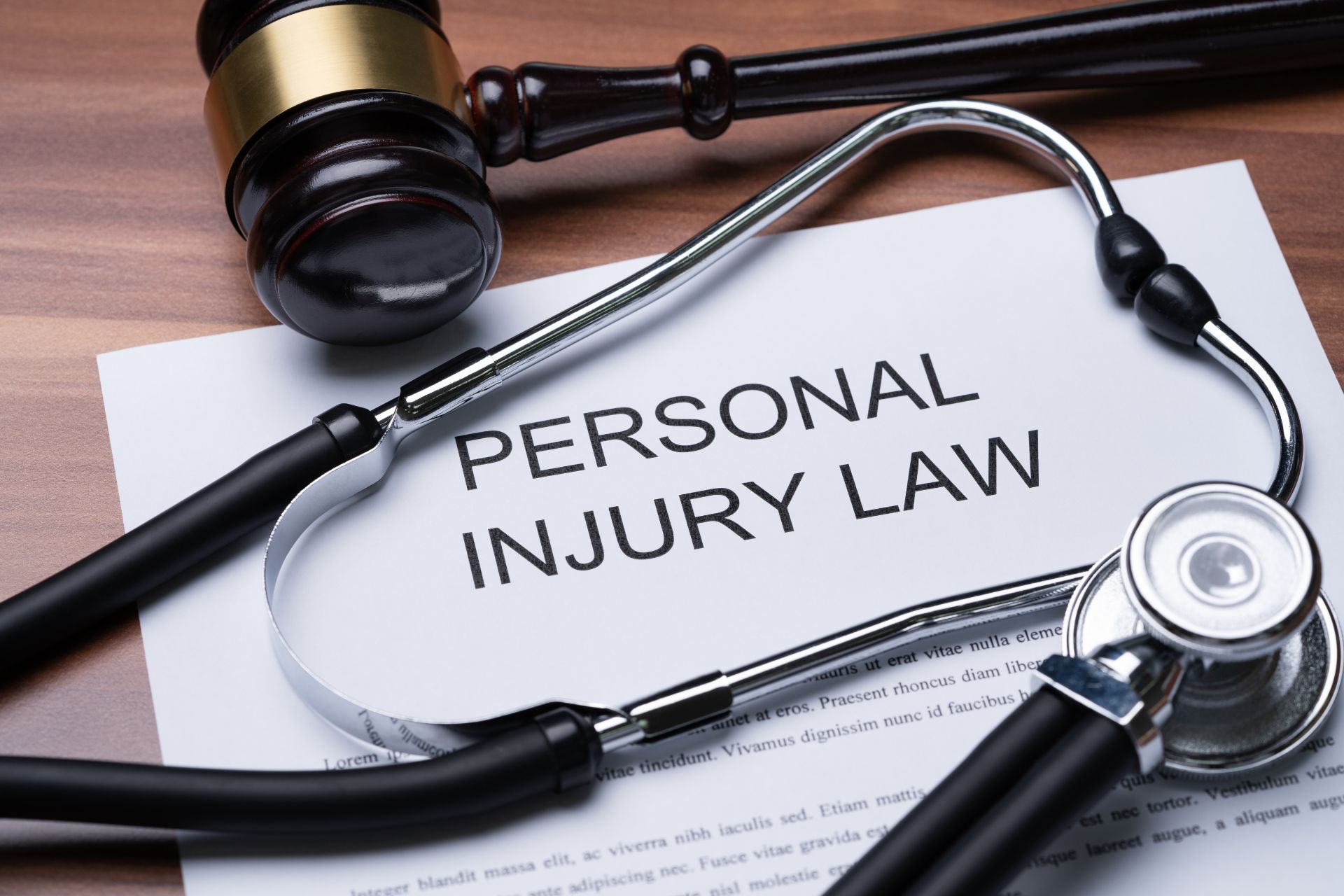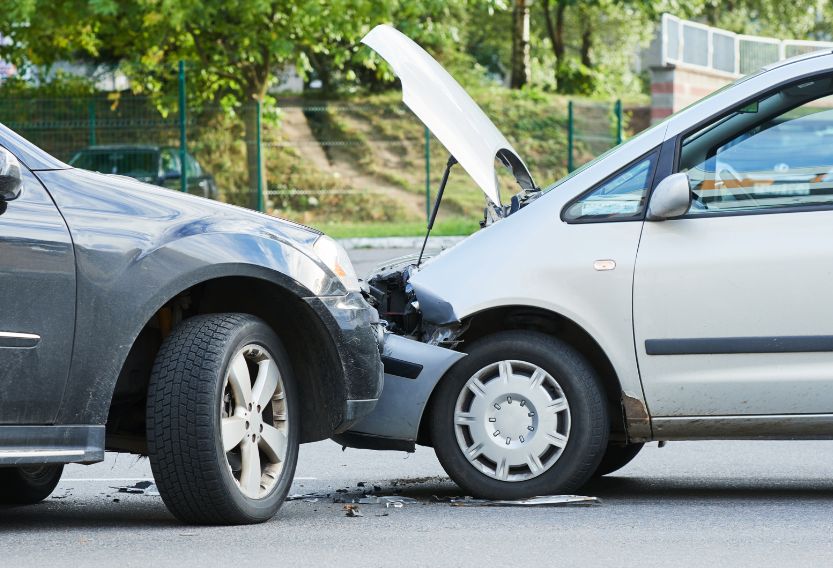Have you or someone you know ever been involved in a car accident in California? It’s a situation that can be overwhelming, to say the least. But there’s one crucial aspect you can’t afford to overlook: understanding the statute of limitations for car accidents in California. This might sound like just legal jargon, but it’s incredibly important. It determines how long you have to take legal action after an accident. Whether it’s a question of personal injury or property damage, knowing these time limits can make a big difference in how you handle the aftermath of an accident.
In this article, we’ll break down everything you need to know about the statute of limitations for car accidents in California. From the basic time limits for filing a lawsuit to the reasons behind these laws, and what happens if you miss these critical deadlines – we’ve got you covered. Our aim is to provide clear, straightforward information that’ll help you navigate this aspect of California law with confidence. So, whether you’re directly affected or just want to stay informed, read on for valuable insights into how the Golden State handles car accident claims.
What Is the Statute of Limitations for Car Accidents in California?
The statute of limitations on filing claims for car accidents exists to ensure fairness and efficiency. Over time, evidence can get lost, memories can fade, and it becomes harder to find the truth. Statute of limitations helps to deal with cases while the information is still fresh and available. It also gives a sense of closure to everyone involved, so they’re not left wondering if a lawsuit might pop up many years later.
When it comes to car accidents in California, the statute of limitations sets the clock ticking from the moment the car accident occurs or the injury is discovered. It’s like a countdown for when you can legally bring a lawsuit to court. Here’s a more detailed look:
Personal Injury Claims
The time window for personal injury claims in California is two years. The two-year window is a crucial time frame for anyone involved in a car accident. This period is strictly observed, and missing this deadline typically means you lose the right to claim compensation through the court. It’s vital to understand that this statute applies to all kinds of injuries related to car accidents, whether it be physical, emotional, or psychological.
This two-year period allows for proper gathering of evidence, medical reports, and expert testimony, which are often critical in personal injury cases.
Property Damage Claims
When it comes to property damage, such as damage to your vehicle, California law provides a longer timeframe of three years. This extended period recognizes that assessing and repairing property damage can sometimes take longer than addressing personal injuries. It’s important to document the damage thoroughly and get professional assessments to support your claim.
Claims Against Government Agencies
If your accident involves a government vehicle or occurred on government property, the statute of limitations is significantly shorter, typically six months. This is a critical aspect because claims against government entities follow a different procedure, and missing this deadline can be especially costly. Understanding the nuances of filing a claim against a government agency is crucial, and often requires legal expertise.
Tolling of the Statute
The statute of limitations can be suspended or “tolled” in certain situations, such as when the injured person is a minor or if the defendant is unavailable (like being out of state or in prison). This tolling ensures that the injured party has a fair chance to file a lawsuit even if the standard deadline has passed due to extraordinary circumstances. It’s important to be aware of these exceptions as they can significantly impact the timeframe for filing a lawsuit.

What Happens When the Deadline for Filing Car Accident Claims Has Passed?”
If you file a lawsuit after the statute of limitations has expired, the court is very likely to dismiss your case. This dismissal is usually absolute, meaning you lose the legal right to receive any compensation for your injuries or damages related to the accident. It’s a strict enforcement that underscores the importance of filing your lawsuit within the set time limits.
Exceptions and Rare Extensions
While the statute of limitations is generally rigid, there are very rare exceptions where a court may extend the deadline. These exceptions are not the norm and typically involve unique and extenuating circumstances. For instance, if the injured party was mentally incapacitated or the defendant left the state for a period, the court may consider extending the deadline. However, these are complex legal matters that require the expertise of a legal professional to navigate.
Loss of Legal Leverage
Once the statute of limitations expires, you not only lose the ability to sue, but also any leverage you might have had in negotiating a settlement with the
Real-Life Cases Involving Personal Injury Lawsuits


If you’re curious about how statute limitations work in real-life scenarios, especially for car accidents in California, let’s take a closer look at a case: Anderson v. General Motors Corporation (1985). Imagine driving down Highway 16 in Yolo County. It’s November 21, 1977, and you’re behind the wheel of an International Harvester truck. You’re approaching a curve, but suddenly, you can’t steer. Your truck crashes, rolling over completely. This isn’t fiction; it’s exactly what happened to Aloma Lena Anderson.
The root cause? A loose screw in the turn signal assembly of the steering column, designed and manufactured by General Motors. This defect made the steering wheel lock up. Anderson sued both International Harvester, the truck manufacturer, and General Motors for her severe and permanent injuries.
The case highlights an important aspect of statute limitations. Before the trial, Anderson reached a settlement with International Harvester through a sliding scale recovery agreement. This agreement guaranteed her a minimum recovery, with the potential to affect the amount General Motors had to pay after the trial.
In the end, General Motors was found jointly and severally liable with International Harvester for a staggering $1,750,000. This case underscores the complexities of personal injury lawsuits and the critical role of statute limitations in California car accident cases.
Compensatory Damages Examples in Personal Injury Lawsuits
Another case is that of Anderson v. General Motors Corp. which revolves around Roland Anderson, who alleged discrimination by General Motors (GM) after being laid off. He filed a lawsuit claiming GM violated Title VII and other statutes, but the court dismissed his claims, largely because they were barred by the statute of limitations. Anderson argued that the statute of limitations should be tolled due to his health issues and GM’s alleged concealment of information, but the court did not find these arguments sufficient to override the statute of limitations.
This case underscores the critical importance of understanding and adhering to the statute of limitations in personal injury cases, as failure to file within this timeframe can result in the dismissal of the case, regardless of its merits. For more details, you can view the full text of the case here.
Guide to Filing Car Accident Claims in California
Filing a car accident claim in California involves several key steps and requirements. It’s essential to understand and follow these to effectively pursue your claim. Here’s what you need to know:
Gathering Evidence
Accident Scene: Take photographs of the accident scene, including all vehicles involved, any visible injuries, and road conditions.
Medical Records: Document any physical injuries with medical bills and doctor’s reports.
Witness Statements: Gather statements from anyone who witnessed the accident.
Police Reports: Obtain a copy of the police report filed for the accident.
Other Documentation: Keep a record of any other relevant evidence such as traffic camera footage or cell phone records.
Utilizing Court Forms
In civil cases like car accident claims, many of the court forms are optional. This means you have the flexibility to use these forms if they fit your case, or you can craft your own documents, known as “pleadings.” The good thing about using available forms is that they guide you on what information to include and how to structure your claim. They simplify the process, especially if you’re not familiar with legal procedures and guide you through what’s needed for your case to make the whole process a bit more manageable.
To know the forms that you can use as a plaintiff or defendant, see “Forms you can use” in California Courts Self-Help Guide.
Impact on
It’s important to note that the statute of limitations for filing a lawsuit is separate from the deadlines for filing an
Get Help in Filing a Car Accident Claims within the Statute of Limitations in California


It’s essential for crash victims to grasp the significance of the statute of limitations. If you miss the deadline, you could lose your right to pursue a case and recover any compensation. This rule underscores the importance of acting promptly.
The process of filing an
Seeking assistance from an expert lawyer can be a game-changer. They can offer expert legal advice tailored to your specific situation. The Personal Injury Center can connect you with a lawyer who has the expertise to navigate the complexities of car accident claims in California, ensuring that all aspects of your case are handled professionally.
One of their critical roles is to ensure that your claim is filed within the required timeframe. An expert lawyer can keep track of deadlines and make sure that all necessary steps are taken well before the statute of limitations expires.
An expert lawyer can also provide a thorough evaluation of your case. This includes an assessment of potential compensation for medical bills, pain and suffering, lost wages, and other damages. A detailed evaluation is key to understanding the full extent of what you’re entitled to and building a strong case for it.
Visit the The Personal Injury Center now to get connected with a personal injury lawyer.



